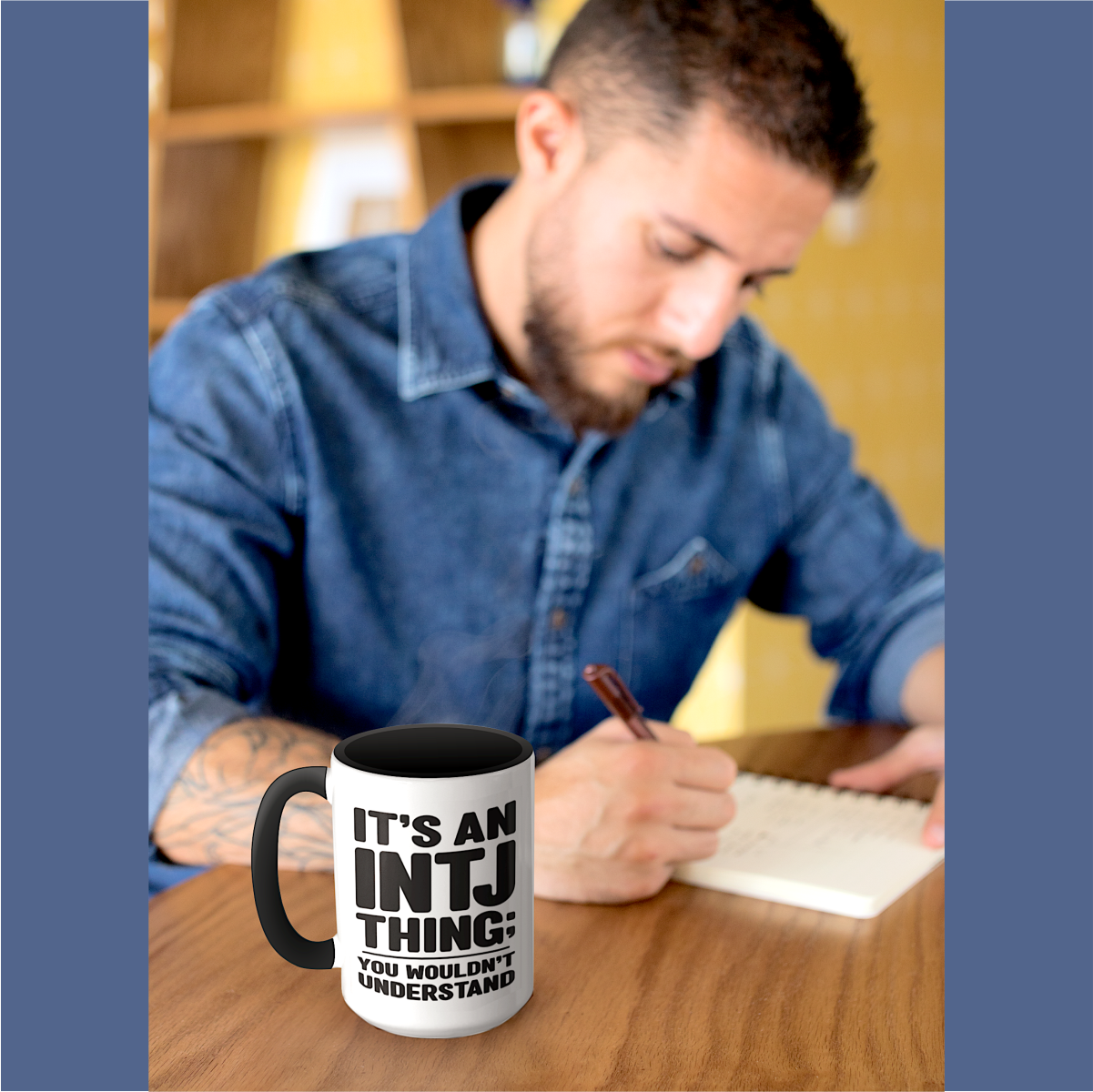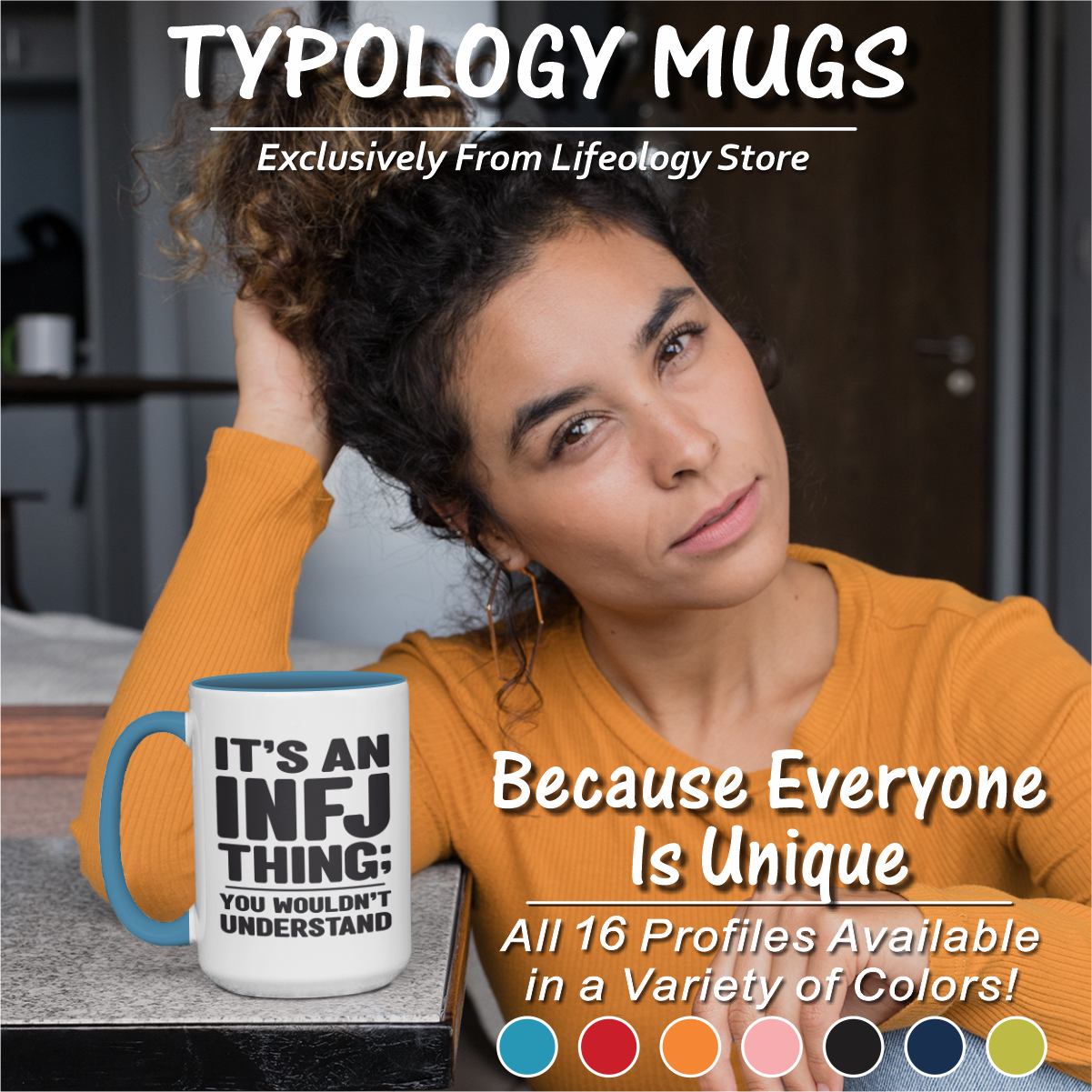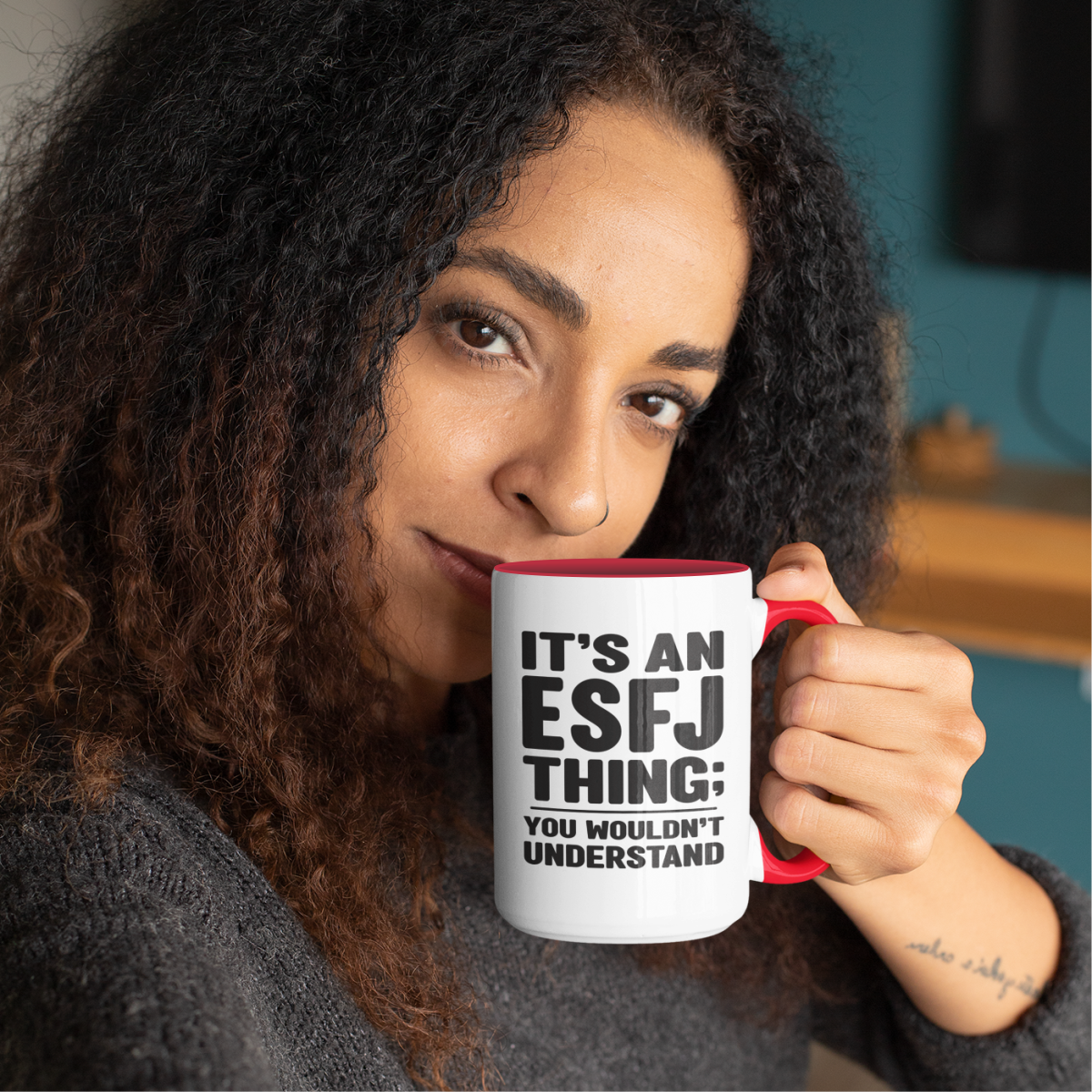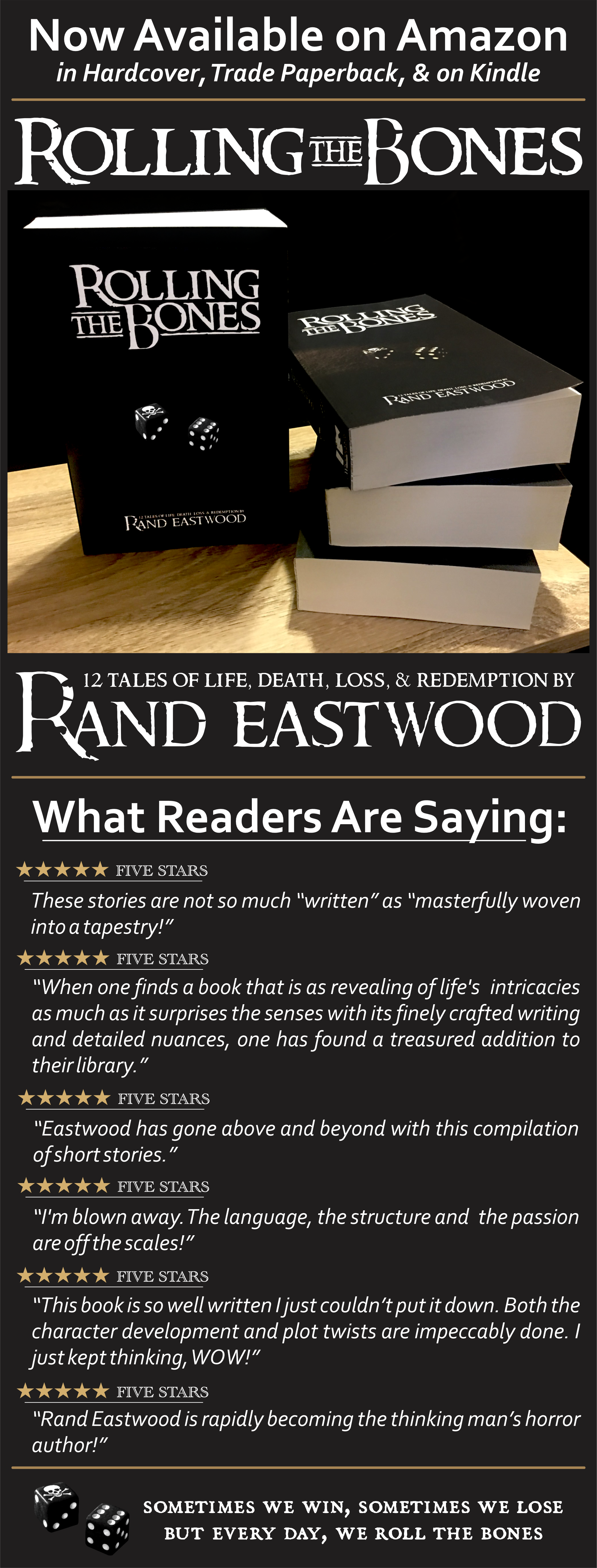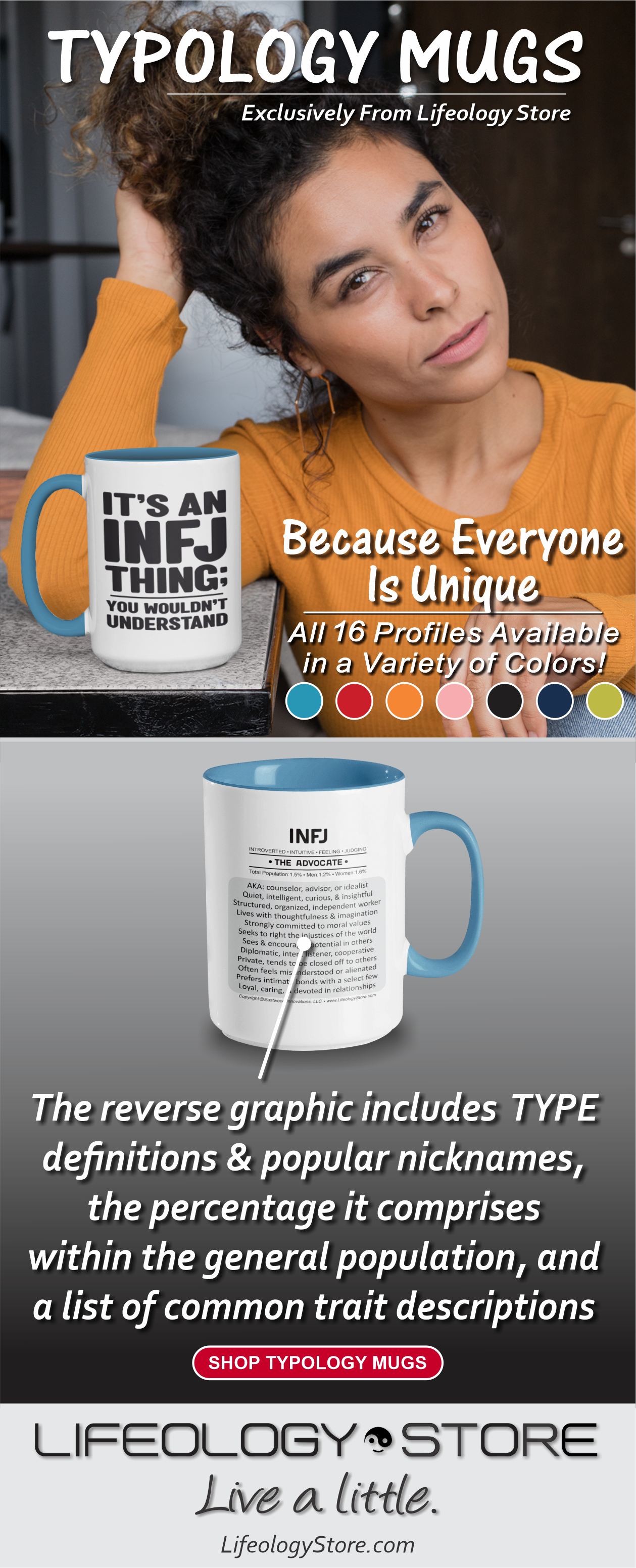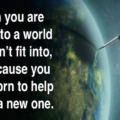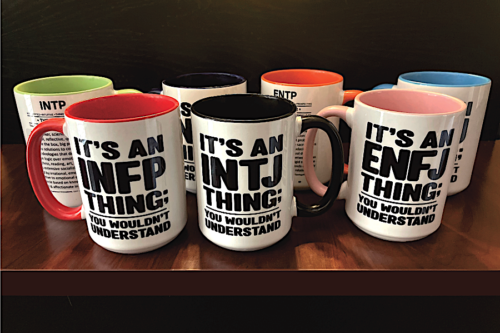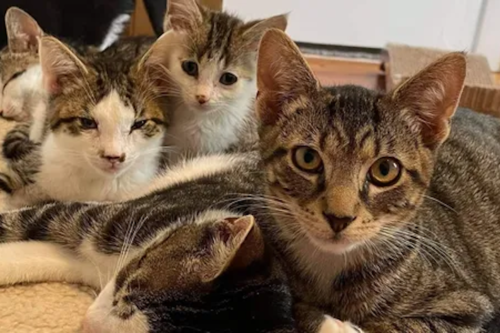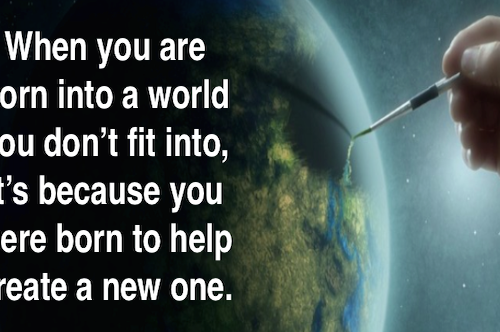I find it fascinating: optimists are considered unrealistic, while realistic people are deemed pessimists. And everyone wants to be around optimists, who have a very unrealistic approach to life, while nobody wants to be around pessimists, who approach life much more realistically.
In addition, someone being overly optimistic (believing that the chances of good things happening is greater than it actually is, or believing that the chances of bad things happening is lower than it actually is, statistically speaking) not only increases their chances of success, but at the same time also increases their chances of failure, disappointment, or loss—because optimists are willing to take more risks, some of which pay off, and some of which (or, more likely, most of which) don’t.
On the other hand, realists, who are often considered pessimists, simply because they have a better grasp of the statistical odds of realizing a given outcome, take fewer risks, thus reduce their chances of something going wrong. And, though they may live a more secure, stable life—in the process they also pass up considerable opportunities to increase their success or improve their lives.
It’s much like casino gambling: the less money you risk, the greater your chances of loss, but the lower your losses will be; the more money you risk, the greater your chances of winning—and perhaps winning big—but the greater your losses will be if you don’t—and odds are that you won’t.
So here we have a paradox: if we are optimistic, we take greater risks, thereby potentially maximizing the chances for potential gains—but at the same time maximizing the risk of potential setbacks; but if we are more realist, or pessimistic, we take fewer risks, thereby minimizing the risk of potential losses—but at the same time minimizing the chances for potential gains.
I’d say that optimally, we should attempt to strike a balance between the two; be willing to take some risks in an attempt to better ourselves, improve our lives, advance our careers—but careful, calculated ones, setting limits and establishing a fall-back plan if things go downhill. And we should avoid the crazy moves, the temptation to throw all caution to the wind, risking everything for a chance to score big, however slim that chance may be. In other words, be generally realistic, but somewhat optimistic.
Or, put simply: Hope for the best, but prepare for the worst.
In her TED Talk entitled The Optimism Bias, Neuroscientist Tali Sharot shares new research that suggests our brains are hardwired to be overly-optimistic—and how that can be both dangerous and beneficial:
“…unrealistic optimism can lead to risky behavior, to financial collapse, to faulty planning…what we would really like to do, is we would like to protect ourselves from the dangers of optimism, but at the same time remain hopeful, benefiting from the many fruits of optimism. And I believe there’s a way for us to do that. The key here really is knowledge. We’re not born with an innate understanding of our biases. These have to be identified by scientific investigation. But the good news is that becoming aware of the optimism bias does not shatter the illusion. It’s like visual illusions, in which understanding them does not make them go away. And this is good because it means we should be able to strike a balance, to come up with plans and rules to protect ourselves from unrealistic optimism, but at the same time remain hopeful.”
Having studied optimism for years, Ms. Sharot teaches in the Department of Cognitive, Perceptual, and Brain Sciences at the University College, London, and is the author of The Optimism Bias: A Tour of the Irrationally Positive Brain, in which she discusses how the brain generates hope and what happens when it fails; how the brains of optimists and pessimists differ; why we are terrible at predicting what will make us happy; how emotions strengthen our ability to recollect; how anticipation and dread affect us; how our optimistic illusions affect our financial, professional, and emotional decisions; and more.
Worth a watch:
Like/Follow Lifeology Blog on Facebook • View Rand’s Books on Amazon
Visit Lifeology Store • Like/Follow Lifeology Store on Facebook
A Note To Readers:
If you found this article (or any of the others, for that matter) interesting, informative, entertaining, etc., please consider subscribing to the Lifeology email newsletter: simply enter your email into the form below (also in the right sidebar)—or, if you prefer, just use this simple quick sign-up form.
↓↓↓ Also, please hit the “Like” (thumbs up) button below. Thanks! ~ Rand


